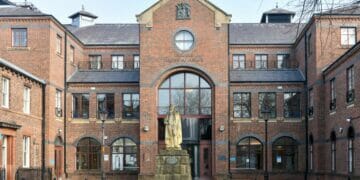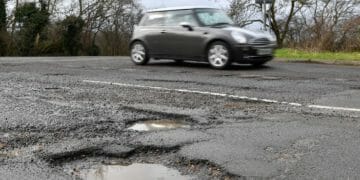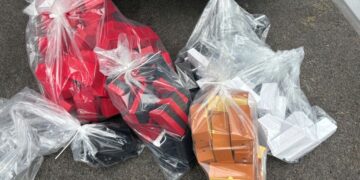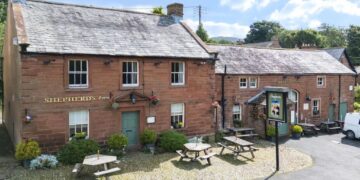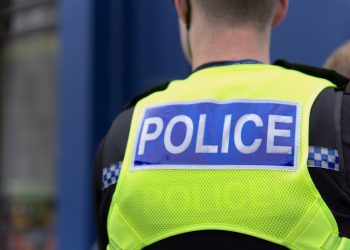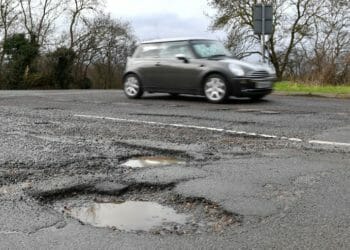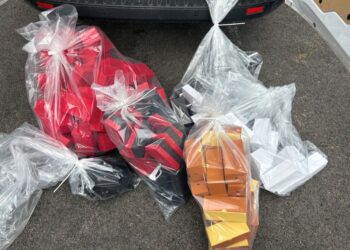Here is some more information about Renwick in 1901 from T. Bulmer’s Directory of Cumberland, 1901
Renwick is about four miles by two, and its soil is gravelly and passable.
In 1891 it had 242 people.
Its early owners included Sir Andrew de Harcla, the soldier who beat off the Scots besieging Carlisle in 1314 but was over-eager in his treaty with them.
The king resented being upstaged, and executed him, confiscating his estate, which the next king (Edward III) gave to his queen’s priest, who bestowed it on his new college, which he’d just founded in Oxford, Queen’s, 1341.
The College still (1901) owns the mineral rights, luckily for them, coal, etc., there, Penrith’s main fuel, and the main reason for building the Eden Bridge (1762) on the coal road to Penrith.
The Church was last rebuilt in 1845, and the Vicarage was built in 1868. Both these were funded by the locals, as was the school (1838, now the Reading Room), superseded by the Board School, 1876, so-called as run by its own School Board, a committee of affluent locals.
It can take 84, but the average roll is 70. (This is now, 2020, a house at foot of the track past Highland Hall. This track is Appleby Street, a medieval road from Brampton to Appleby.)
Renwick’s Methodism was the original sort, Wesleyan, the chapel first built in 1818, with Sunday School room added in 1863. (It was rebuilt in the 20th century. The clock was added in 2000, to mark the Millennium.)
The Post Office was at Mr T.H. Dryden’s, the local builder and contractor. Letters arrived from K’o Post Office at 7 30am and were dispatched to it at 3 pm (Mon. 4 pm); not Sundays.
Renwick’s R.D.C. Councillor was Mr William Greenop, farmer. Thomas Greenop, Thackmoor House, was Chairman of Renwick School Board. Its seven members included two from K’o High Quarter and one from Park Head, as these areas’ children go to Renwick School. The High Quarter includes Haresceugh, Busk, and Huddlesceugh.
Thomas Greenop was also a farmer and Renwick’s Assistant Overseer of the Poor – if you were desperate, try him for a handout on the rates.
Renwick’s other farmers included Sarah Greenop, one of four at Scalehouses.
Another, Joseph Dixon, was at Dyrah (a ruin by the 1990s). Three owned their land. One, Michael Harker, was also the local carrier (“to Penrith, Tues.; Brampton, Wed.; Alston, Sat.”; back on same day), and horse-hirer (no cars or buses in Renwick then).
Also in Renwick village were the Vicar; a tobacco shop run by Ann Burn; a joiner and cartwright (Joseph Dixon, Thackmoor Cottage); a grocer; three persons of private income; a smith (Watson Dixon, Lilac Cottage); a stonemason (Joseph Laurence, Highland Hall); Robinson and Son, tailors and drapers; the schoolmaster, Mr William Walton, and two pubs, the Horse and Jockey, and the Queen’s College.
The grocer was a woman, Esther Watson.

